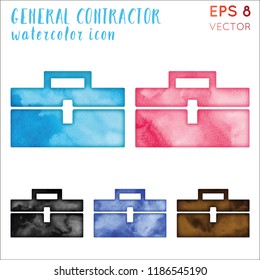Crucial Seasonal Aspects Of Commercial Exterior Painting: What You Must Understand
Crucial Seasonal Aspects Of Commercial Exterior Painting: What You Must Understand
Blog Article
Produced By-McLamb Browne
When you're planning an industrial exterior paint project, seasonal variables can make or damage your results. You'll want to take into consideration exactly how temperature level and moisture impact paint application and drying times. Selecting the right period can guarantee your paint sticks effectively and lasts much longer. Yet which can you paint ceiling same color as walls are really the most effective for this type of work? Allow's check out the key elements that can affect your job's success.
The Effect of Temperature Level on Paint Application
When you're planning a commercial external paint project, the temperature can dramatically influence how well the paint sticks and dries.
Ideally, you want to repaint when temperatures range between 50 ° F and 85 ° F. If it's also cool, the paint might not heal correctly, causing issues like peeling off or breaking.
On the flip side, if it's too warm, the paint can dry out as well rapidly, avoiding appropriate attachment and resulting in an uneven coating.
You must additionally take into consideration the moment of day; early morning or late afternoon offers cooler temperatures, which can be more beneficial.
Always inspect the maker's recommendations for the specific paint you're utilizing, as they commonly provide advice on the excellent temperature variety for optimal results.
Moisture and Its Effect on Drying Times
Temperature isn't the only environmental factor that influences your industrial outside paint job; humidity plays a substantial role also. High humidity degrees can decrease drying times significantly, impacting the general high quality of your paint work.
When the air is saturated with dampness, the paint takes longer to heal, which can result in problems like inadequate adhesion and a higher risk of mildew growth. If you're painting on a particularly humid day, be gotten ready for extensive wait times in between layers.
It's important to check local weather conditions and plan appropriately. Preferably, go for humidity levels in between 40% and 70% for optimal drying.
Maintaining these factors in mind guarantees your job remains on track and provides an enduring coating.
Best Seasons for Commercial Exterior Painting Projects
What's the most effective time of year for your business outside paint tasks?
Spring and early loss are usually your best options. During these periods, temperatures are mild, and humidity levels are commonly reduced, producing optimal conditions for paint application and drying.
Prevent summer's intense heat, which can create paint to completely dry as well promptly, bring about bad attachment and coating. Likewise, winter season's chilly temperatures can impede correct drying out and treating, taking the chance of the longevity of your paint job.
Aim for days with temperatures in between 50 ° F and 85 ° F for optimum outcomes. Remember to examine the neighborhood weather forecast for rain, as wet problems can spoil your task.
Planning around these variables ensures your painting project runs smoothly and lasts much longer.
Conclusion
In conclusion, planning your business exterior painting projects around seasonal factors to consider can make a substantial difference in the outcome. By organizing read article during the optimal temperatures and humidity degrees, you'll make certain much better bond and drying times. Remember to keep an eye on regional weather report and select the correct time of year-- spring and very early loss are your best choices. Taking these actions will assist you achieve a durable and professional coating that lasts.
